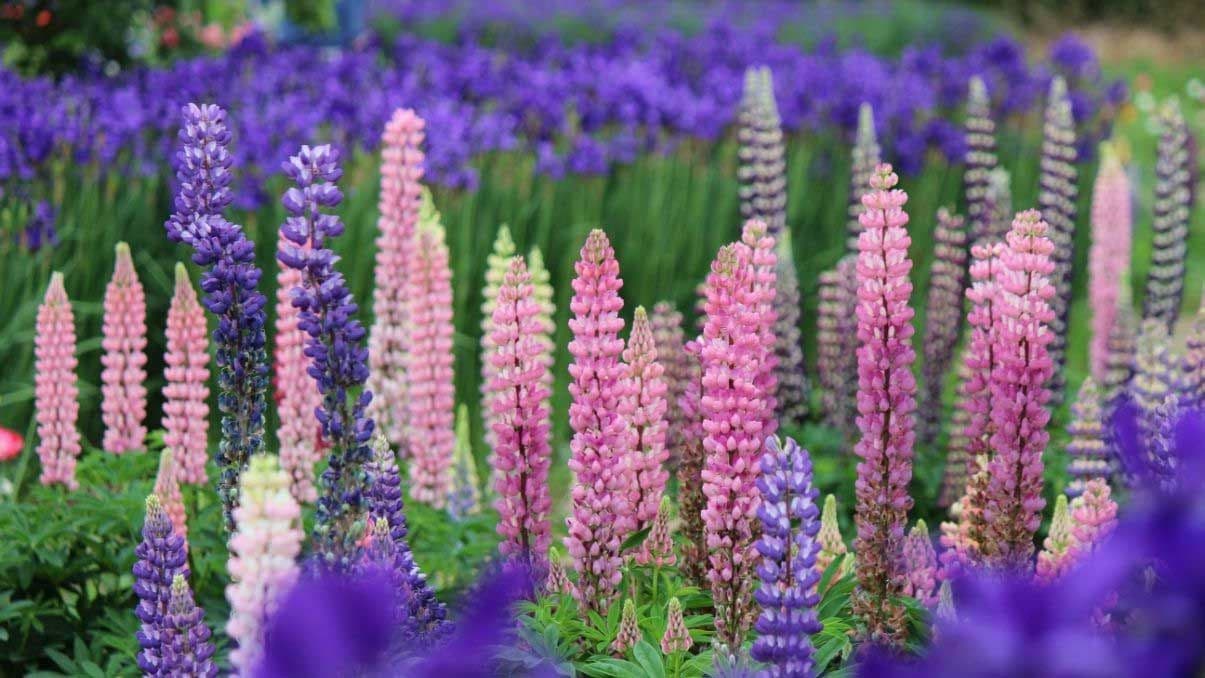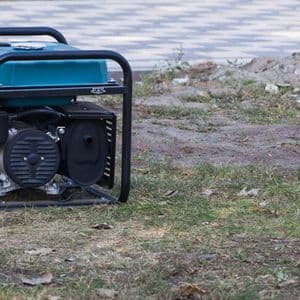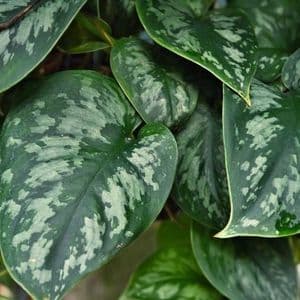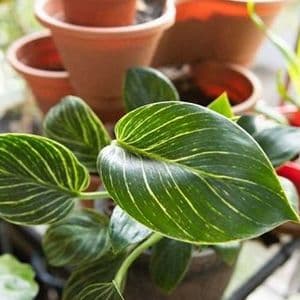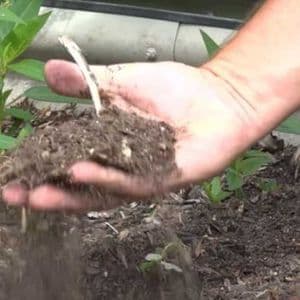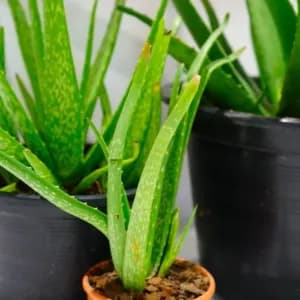Lupine flowers are colorful perennial plants that are easy to grow. This guide from New York Garden provides helpful tips on caring for lupine flowers, the different types available, and troubleshooting common problems. With the right conditions, lupines will thrive and brighten your garden for years.
Overview
Lupine flowers are lovely annuals [1] that produce spikes of blossoms in various colors. They belong to the legume family and are cultivated for their decorative leaves and blossoms. Lupins are available in a range of hues, including blue, pink, red, yellow, and white, which may help you brighten your landscape. If you give these plants the correct circumstances, they are rather simple to cultivate and take care of. Here is an overview of Lupine flowers, according to the NC State University [2].
| Botanical Name |
|
| Common Names | Lupinus x hybrida |
| Plant Type |
|
| Soil Type |
|
| Sun Exposure | Full |
| Soil pH |
|
| Bloom Time |
|
| Flower Color |
|
| Mature Size |
|
Types of Lupine Flowers
There are over 200 species of lupines that exist. Some of the most popular types are:
- Russell lupines: This hybrid variety produces a colorful display of red, white, blue, yellow, and bi-colored flowers. They grow up to 5 feet tall and bloom for a long time in summer.
- Lupinus polyphyllus: This is the most common type of garden lupine. It has palm-shaped leaves and produces blue, pink, or white flowers. It grows 3 to 5 feet tall.
- Texas Bluebonnet: This species is the state flower of Texas. It grows 1 to 2 feet tall and produces blue and white flowers in spring.
- Yellow Bush Lupine: As the name suggests, this type produces yellow flowers. It grows up to 5 feet high and blooms in summer.
- Bigleaf Lupine: This variety has very large leaves and blue and purple flowers. It can reach up to 6 feet in height.
How to Grow Lupine Flowers
Step 1
Choose a spot with full sun and well-drained, slightly acidic soil [3]. Lupines do not like to sit in water, so soil with good drainage is a must.
Step 2
Plant the seeds in fall or spring. Bury the seeds about 1/4 inch deep and 2 to 6 inches apart. The seeds can take 2 to 3 weeks to germinate.
Step 3
Space the plants 18 to 24 inches apart. This will give the plants enough room to grow fully.
Step 4
Water the plants regularly, especially in dry weather. Allow the top few inches of soil to dry out between waterings. Do not overwater.
Step 5
Fertilize the plants in early spring before new growth starts. Use a balanced, all-purpose fertilizer.
Step 6
The plants may require staking, especially Russell lupines which tend to flop over. Stake them when they are about 1 foot high.
How to Care for Lupine Flowers
Temperature and Humidity
They struggle in hot, muggy temperatures like those found in the southern United States. Remember that Lupines prefer summers that are moderately cool. In addition, the plants may fail to flower as a result of the intense heat and sunlight. A thin layer of mulch placed around lupines can assist in conserving soil moisture and keep the roots cool in warmer conditions.
Light
As mentioned above, Lupine flowers love full sun, so plant them in the direct sun at least 6 hours per day for better growth and bloom. Although they can live in partial shade, you should know that their flowers will be diminished.
Water
Water the plants regularly to prevent the soil from drying, especially in its first growing period, at least once a week. But remember not to overwater as it can cause root rot.
Fertilizer
Too much fertilizer can cause Lupine flowers to bloom because of the excess foliage growth. Fertilize the plants once a month during the growing season. Use a balanced, all-purpose fertilizer at half the recommended strength.
Mulching
In colder climates, apply a layer of mulch around the base of the plants in fall to protect them over winter. Remove mulch in spring once new growth starts appearing.
Pruning
Prune the plants after flowering by cutting the flower stalks back to the foliage. This will promote new growth and more flowers.
Common Pests & Plant Diseases
Watch for common pests like aphids, spider mites, slugs and snails. Control them with insecticidal soap or handpick and remove them. Lupines are generally deer-resistant, but the plants may still get eaten in areas with high deer pressure. You can install deer fences to protect the plants.
Potting and Repotting Lupine
Spring is the best time to plant them in containers. To easily accommodate the plant's lengthy taproots, choose a big, deep, and hefty container. Lupine grows erect and is rather heavy, so make sure the container is substantial as well to prevent it from becoming top-heavy and toppling over. With well-draining soil, fill the container. Lupine plants should be at least a foot apart. Set the container in direct sunlight. Because of their taproots, these plants are difficult to transplant. If you prune them and cover the pots, they might make it through the winter in pots.
FAQs
Why are the leaves of my lupine plants turning yellow?
Lupine leaves turning yellow is usually a sign of overwatering or nitrogen deficiency. Allow the soil to dry out before watering. You can also feed the plants with a nitrogen-rich fertilizer.
Will lupine seeds produce flowers the first year?
No, lupine seeds will typically not produce flowers in the first growing season. Lupine plants grown from seeds usually bloom the second year after planting. However, some cultivars that are bred as annuals may flower the first year.
What is the lifespan of lupine plants?
Most lupine plants are short-lived perennials, surviving 3 to 5 years. Some species like Russell lupines only last 2-3 years. Allowing some seedlings to establish around the parent plant will help ensure lupines in your garden for years.
Should I cut back lupine plants after flowering?
Yes, it is a good idea to cut lupine plants back after they finish flowering. Pruning the plants will encourage new healthy foliage and more flowers the following season. Cut the flower stalks down to the foliage, leaving as much of the foliage intact as possible.
Conclusion
Lupine flowers are beautiful and colorful plants that deserve a spot in any garden. While individual plants are short-lived, with care and maintenance, you can enjoy lupines for many years. Follow the tips in this guide to plant, grow and care for lupine flowers. They will reward you with their gorgeous blooms and cottage garden charm. With their ability to self-seed, you’ll always have new lupines to discover in your garden. Sources The New York Garden works under restricted procurement guidelines and relies on peer-reviewed studies and studies conducted by academic organizations. Tertiary references should be avoided. For more information on how we ensure our material is correct and up to date, please visit our editorial policy
- What is an annual, perennial, biennial? - Aggie Horticulture
- Lupinus - NC State University and N.C. A&T State University
- Soil Quality Information - USDA

